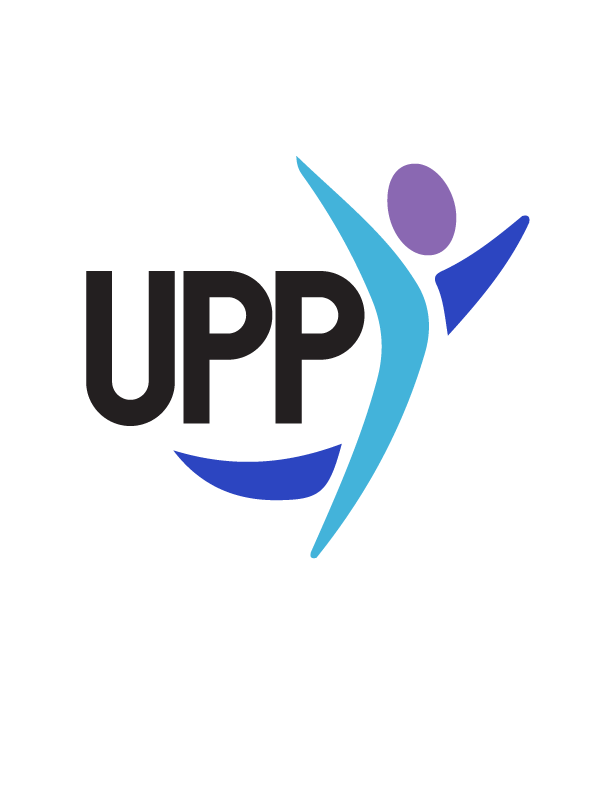GRAB OUR PERSONAL WELLBEING PRACTICES NOW
(And have one delivered TO YOUR INBOX every week of the school year)
THESE PWP's are quick, simple, easy to use and grounded in evidence. WE WILL ALSO GIVE YOU ACCESS TO OUR SHORT REPORTS ON SEL, GROWTH MINDSETS, GRIT AND WELLBEING.
Luke McKenna and the team at Unleashing Personal Potential
POS ED EXPLAINED
WHAT IS POSITIVE EDUCATION?
Traditionally, the goal of psychology has been to relieve human suffering, avoid mental illness or fix our mental ailments. However, the goal of Positive Psychology is about flourishing and getting the most out of life. This is the difference between languishing and flourishing.
The exciting field of positive psychology has emerged and been supported by researchers and practitioners globally. Martin Seligman has led the Positive Psychology movement for over fifteen years. From this seed, Positive Education has grown.
Positive Education refers to the way that some schools and other education settings have been able to apply the research and practice from positive psychology to their own contexts. In particular, some schools have sought to embed simple, research based practices into their classrooms, staff rooms and playgrounds. The purpose is to build positive emotions, engagement, relationships, meaning, accomplishment and health, in order to boost wellbeing.
WHY TEACH POS ED?
Over the last fifty years, we have bigger houses, more clothes, more access to music, books and entertainment, higher levels of education and our purchasing power in most developed countries has tripled. However, this has not resulted in a greater quality of life or better wellbeing. By some estimates, depression rates have actually increased about ten times in the same period of time. So, if schools are wanting to help their students flourish in a complex world, Pos Ed might assist them in their life beyond school. We also know that workers with greater wellbeing are more engaged and productive, so this would be the hope for teachers and school leaders who seek to embed Pos Ed in their schools. There is also evidence to support that greater wellbeing enhances learning, due to broader attention and more creative thinking. Positive Education will help individuals and communities thrive and live their best life.
What is a PERSONAL WELLBEING Practice?
A Personal Wellbeing Practice (PWP) is an evidenced-based positive psychology intervention, applied in school communities or other educational settings. At UPP, we have tried to make these PWP’s simple, concise and relevant for students and their teachers.
How are the PWP’s designed to work in our school?
We have created a guide for schools, including a rationale and an activity for teachers to implement with groups of students in less than 10 minutes each week.
Each week, a PWP will arrive in your inbox, ready to be implemented in classrooms at your school. The PWP will focus on one of the PERMAH pillars.
While some schools will choose to implement a whole school approach, others will engage a trial group, such as a year level. In either case, it is vital that teachers understand the value of the process for their students (in terms of moving towards personal and community flourishing, and the other possible positive impacts that are associated with positive mental health).
What are the most effective PWP’s?
While each of the Personal Wellbeing Practices is supported by research in terms of having a positive effect, it is certainly not the case that one size fits all. Not every practice works for everyone, all the time. This is known in the literature as “person activity fit” (Sin and Lyubomirsky, 2009). However, by offering students and teachers a buffet of PEP’s to attempt, they will be equipped with a toolkit of strategies that they can choose to use to cope with the struggles, and enjoy the highlights of life. It is hoped that people will use the PWP’s that they find most effective and helpful for them in their daily life, in order to move along the continuum of wellbeing towards flourishing. Much like a garden that needs to be looked after (weeded, fertilised, watered, etc), we need to continue to cultivate the habits and practices that enhance our own wellbeing.
What is PERMAH?
PERMAH is the organising framework for the PWP’s that we have designed for schools. In 2011, Martin Seligman offered the PERMA framework. Many others have since added the H for Health. Each letter in the PERMAH framework refers to a pillar that leads to greater wellbeing. Therefore, the six pillars for the Positive Education Practices are: Positive emotion (P); Engagement (E); Relationships (R); Meaning (M); Accomplishment (A); and, Health (H). For more details on each of these pillars, see our Introduction to PERMAH.
Our hope for PWP’s
We hope that allowing schools access to these evidence-based tools of positive psychology will enhance help people to thrive and live their best life, both within and beyond the school gates.
Luke McKenna and the team at Unleashing Personal Potential
